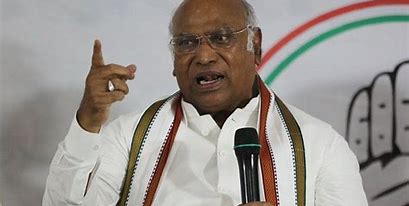The 53rd GST Council meeting convened today under the stewardship of Union Finance Minister Nirmala Sitharaman. The session, marking the first since the Modi 3.0 Cabinet took office, was eagerly anticipated to address crucial tax reforms and economic policies.
The 53rd GST Council meeting: Key Highlights
- Revenue Collections And Economic Stimulus:
- Record GST Collections: In May 2024, GST revenues reached an all-time high of Rs 2.10 lakh crore, reflecting robust economic activity despite global challenges.
- Sector-Specific Support: Finance Minister Sitharaman reiterated the Centre’s commitment to supporting state economies through timely tax devolution, Finance Commission grants, and GST compensation settlements. She emphasized the importance of these measures in driving economic growth.
- Taxation On Online Gaming And Related Sectors:
- The meeting deliberated on the contentious issue of taxing online gaming, casinos, and horse racing at a 28% GST rate. The industry has raised concerns about the impact of this levy, amounting to around Rs 2 trillion, currently under legal scrutiny.
- The Supreme Court is set to hear petitions challenging this tax liability in July, influencing the Council’s cautious approach towards immediate amendments.
- Inclusion Of Fuel Under GST Ambit:
- Discussions regarding the inclusion of natural gas and aviation turbine fuel (ATF) under the GST ambit were tabled. This move, if implemented, could streamline taxation across the petrochemical sector and potentially reduce costs for consumers and industry stakeholders.
- Scheme For Special Assistance To States For Capital Investment:
- Sitharaman highlighted the ‘Scheme for Special Assistance to States for Capital Investment,’ emphasizing that while a significant portion of loans remains unrestricted, certain funds are conditional on states’ implementation of citizen-centric reforms and sector-specific capital projects. Several states welcomed this initiative, providing suggestions for further enhancements.
- Industry Expectations And Regulatory Reforms:
- Industry stakeholders and tax experts voiced expectations for rate rationalization across sectors, especially in pharmaceuticals and textiles, to address issues of inverted duty structure and stimulate consumption.
- There were calls for simplifying compliance procedures and streamlining the GST framework to facilitate ease of doing business and reduce litigation.
- Government’s Financial Support To States:
- The Finance Minister assured states of continued financial support through GST compensation arrears and timely tax devolution, crucial for bolstering state economies amidst economic uncertainties.
- Decision-Making Process:
- The GST Council, operating on a consensus-based decision-making approach, discussed proposals with significant implications for both the Centre and the states. Each decision required a three-fourths majority vote of the Council’s members.
The meeting, attended by Union Minister of State for Finance Shri Pankaj Chaudhary, chief ministers, state finance ministers, and senior officials, concluded with an emphasis on collaborative federalism and the need for balanced economic reforms.
The outcomes of today’s deliberations are expected to influence forthcoming policy measures and the Union Budget formulation, reflecting the Council’s pivotal role in shaping India’s economic trajectory.







